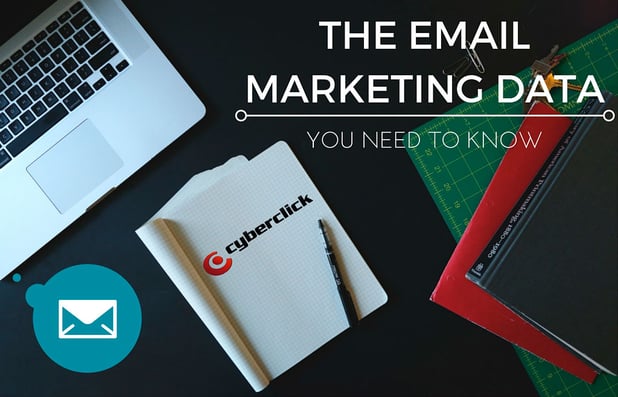Although the death of email marketing has been long predicted, this classic marketing technique shows no sign of fading away. Email remains a cornerstone of successful marketing in organizations of all sizes, from small businesses to multi-national corporations. However, the way the industry uses email is constantly changing, so it is important to be up-to-date with the sector’s latest trends.
Below is a breakdown of all the data you need to know, taken from a recent industry survey carried out by DMA.

Performance of Email in 2015
The marketers questioned reported that it is becoming increasingly difficult to measure the performance of email, as increasing numbers of consumers who receive an email of interest will not always complete the click. Instead, consumers are using search engines and social media to investigate products and services before purchasing them. You should therefore be aware that the ROI from your email campaign may be greater than the numbers first suggest.
Related article: Email Marketing: Which industries have the highest opening rates in the US, the UK, Spain and the world?
Email Testing
The importance of email testing is highlighted by the fact that there is a strong correlation between how companies rate their competence at email testing and ROI. In short, marketing campaigns which are better at email testing generate better returns.
While 25% of respondents indicated that their overall competence at email testing was either good or intermediate, almost the same number said they had no competence or did not conduct any email testing. 47% of respondents reported that they use basic testing, using only one specific metric.
Carrying out test is a key way you can ensure that your email marketing campaign is performing as you wish. Marketers who have greater competence in performing email testing also generate the best ROI, so it appears that testing is a more accurate way to predict how proficient marketers will be. If you don’t already conduct email testing, now could be the time to start.
B2B vs B2C
The study also found interesting differences between the way B2B and B2C marketers approach marketing using email. On average those marketers from the B2B community rate themselves as more proficient when compared to the B2C community, with 69% of B2B marketers claiming to be at an intermediate or advanced level, compared to just 55% of B2C respondents.
When the responses to the question about rating competency at email testing is broken down into B2B and B2C marketers further differences are found. A massive 25% of B2B marketers say they lack any competence in email testing or conduct no testing. This is in contrast to just 13% of B2C marketers. 37% of B2C marketers claim their email testing skills are either intermediate or advanced, compared to 27% of B2B marketers.
With the report suggesting that a marketer’s ability to carry out email testing is a better indicator of their proficiency than their perceived competency, this raises some interesting questions.
Calculating ROI
Calculating ROI is a problem across the industry. The report finds that the number of marketers who are able to calculate ROI has been falling steadily since 2012, with 60% of B2B marketers reporting they are unable to calculate ROI.
The reason behind this fall appears to be the fact that only 30% of email marketers questioned rated ROI as an important metric to measure. The majority of marketers used metrics such as click-through rates (80%), conversion rates (50%) and open rates (65%) to measure the impact of their email campaign.
While ROI is not all that counts, after all, your objective could be to increase awareness of your brand rather than increase profits, the fact remains that if you are not able to calculate ROI you are also unable to accurately work out how well your marketing campaign is performing.
You Not We
When it comes to the motivators which drive a person to sign up to receive marketing emails, the report also found that there were big differences between what marketers think is effective and what consumers say they want.
When marketers were asked for the most effective tactics used to encourage customers to sign up for emails, exclusive content came out on top at 34%, however, just 12% of customers said that exclusive content would be persuasive.
So what do customers actually want? 43% of those polled said they wanted money off discounts, 32% wanted free samples, with the same percentage requesting free delivery. It is clear that consumers expect some kind of tangible and real offer from companies when they sign up to receive emails.
At the moment, marketers are relying too much on ‘We’ messaging, which is information about what their business or brand is and the products it provides. Consumers on the other hand, require ‘You’ messages that are targeted to relate directly to them personally, offering something that they require or desire as part of the email marketing campaign.




Leave your comment and join the conversation